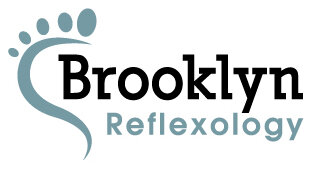Shiatsu
Shiatsu is a Japanese form of bodywork that stimulates the meridians used in acunpuncture through the use of palming and thumbing. It is traditionally done on a mat or futon with the receiver wearing loose comfortable clothing. The word Shiatsu literally translates to ‘finger pressure.’ During a Shiatsu session, problem areas and imbalances are addressed through a combination of stretching, range of motion, hara assessment, and direct pressure along the meridians of the body. Meridians are the energetic pathways through which Ki/Qi or energy is conducted through the body. Our overall health is dependent on this free flow of Ki. Oftentimes areas of discomfort, pain, or disease (mental or physical) will manifest as a result of stagnation or blockages along these energy lines. The use of palming and thumbing are the most common forms of delivering pressure and stimulating Ki, but forearms, elbows, knees and feet can also be used to great effect. For those reasons Shiatsu has often been referred to as acupressure or ‘acupuncture without needles.’
Shiatsu had its origins in southern India and mainland China before making its way to Japan. As a result, a lot of its tradition and theory is based in traditional Chinese medicine (TCM). In TCM, there are twelve main meridians that run through the body. Six are known as ‘yin’ meridians and six are ‘yang’ meridians. Another precept of Shiatsu borne out of Chinese scientific thought is the concept of yin & yang. The idea being that a thing cannot exist without its relative opposite and that both are mutually dependent on one another. Such as in the case of night & day, up & down, hot & cold. The yin quality represents the ‘shady side’ of the hill and yang, the ‘sunny side’ of the hill. Yin is receptive, yang is active. Yin is negative in charge, yang is positive in charge. Yin energy flows upward, yang energy flows downward.
During a Shiatsu session the practitioner will have one hand that remains in constant contact with the receiver while the other hand is doing the work. This is known as ‘two- handed connectedness’ and is another distinguishing aspect of Shiatsu. The hand that remains still is the yin hand and is commonly referred to as the ‘Mother hand.’ Its job is to stabilize the body while providing comfort and listening for feedback from the active hand. The working hand is yang in nature since it’s the one stimulating the Ki along the meridian. This hand is often referred to as the worker hand or ‘Child hand.’ Its job is to work the meridians by delivering pressure in a relaxed and easy fashion. Together both hands create a feedback loop which the practitioner uses to disperse areas of stagnant Ki or tonify areas of deficient Ki.

